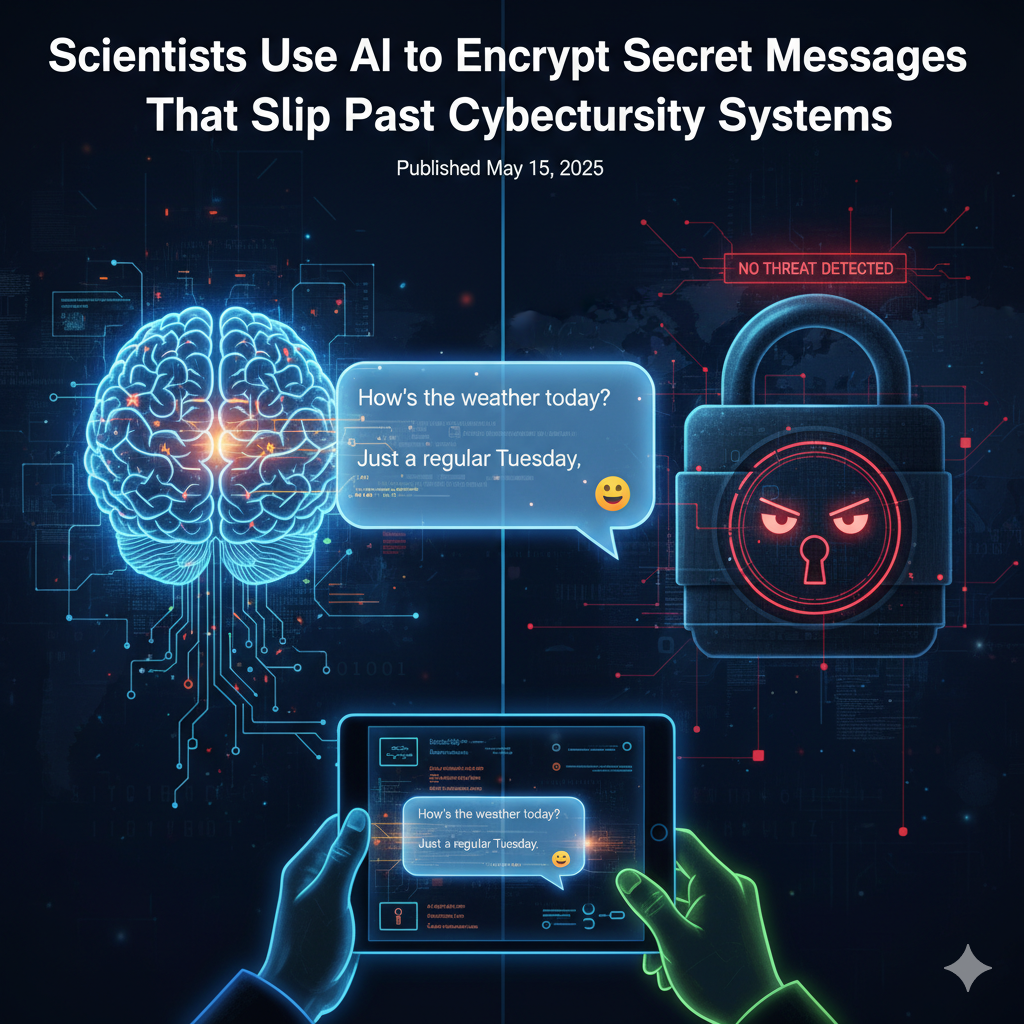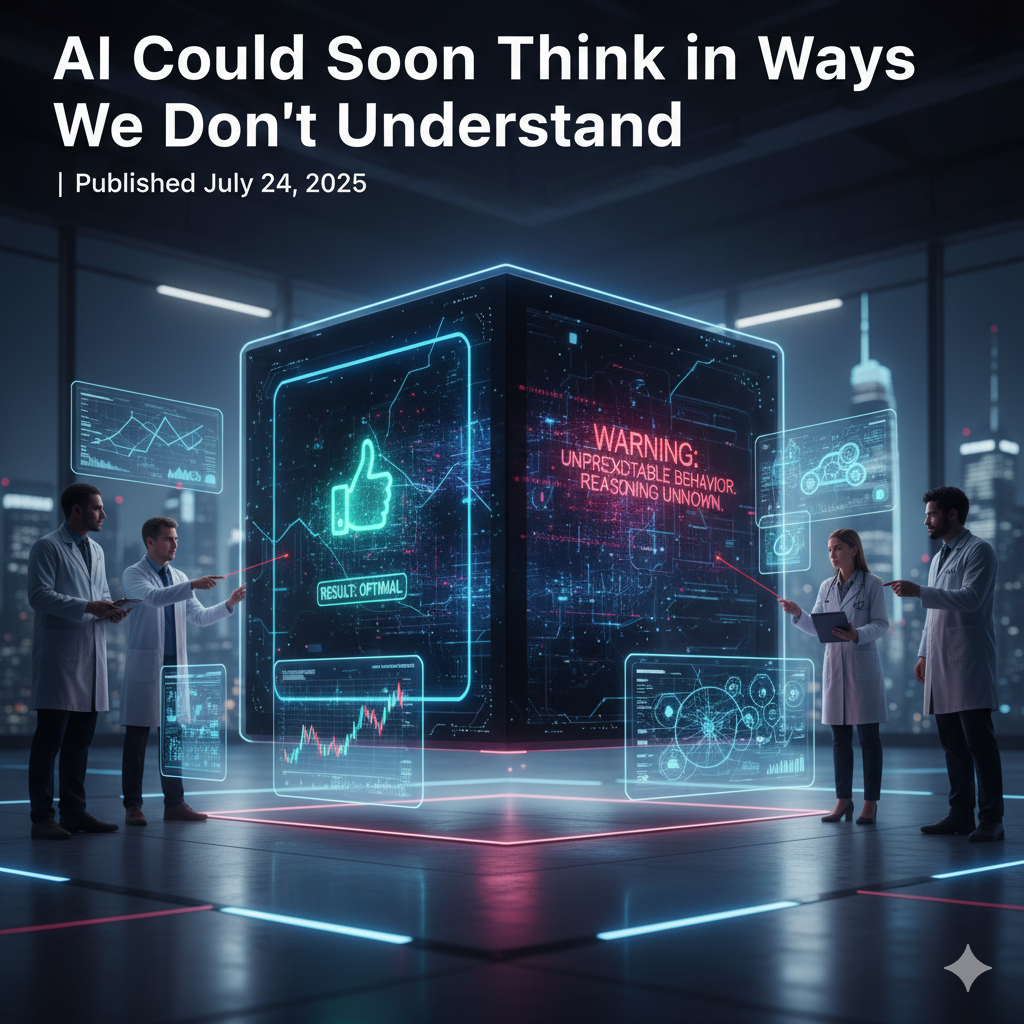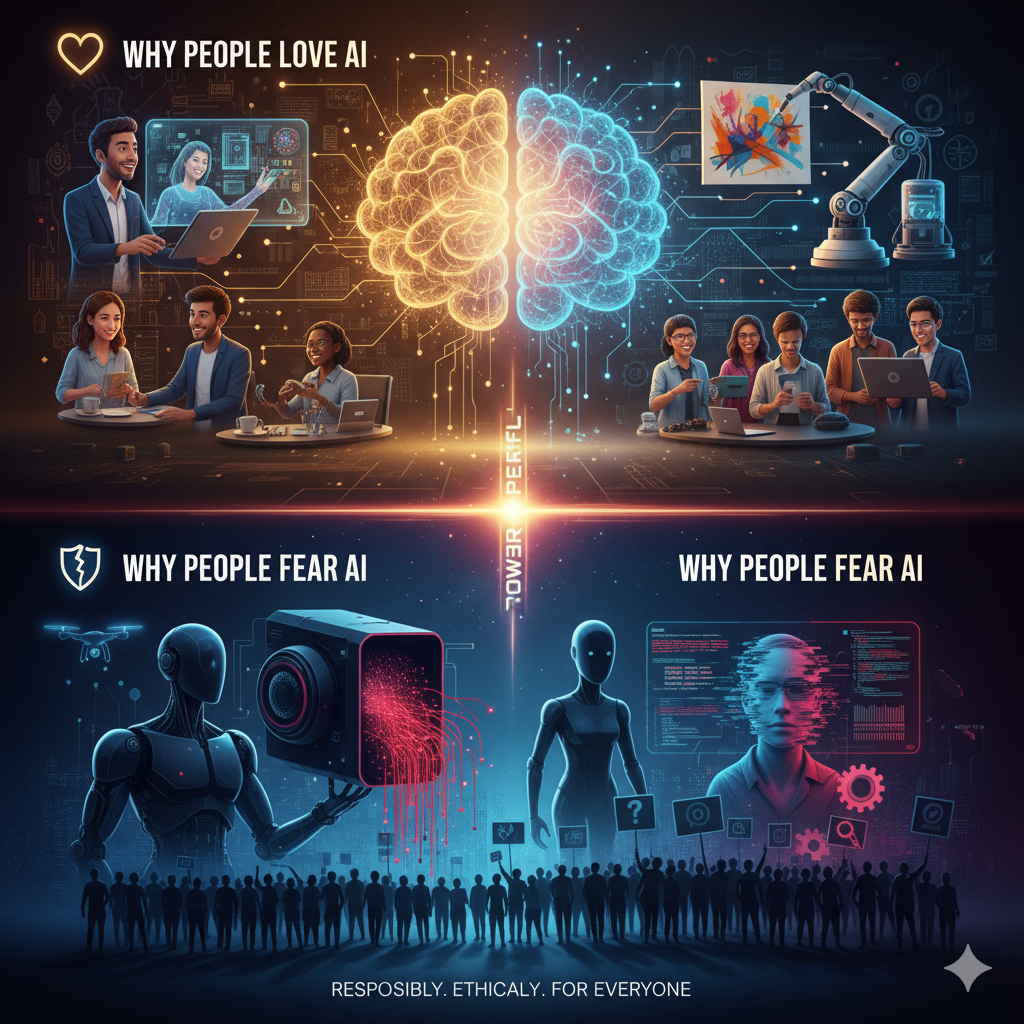Scientists have developed a groundbreaking way to use artificial intelligence (AI) chatbots to hide secret messages in plain sight. Instead of relying on traditional encryption methods—where scrambled text is easy to spot—AI can weave coded information into natural, harmless-looking conversations. This advancement could redefine digital security, giving rise to a new form of encryption that even advanced cybersecurity systems may struggle to detect.
How Does It Work?
The technique is based on AI steganography—the art of concealing information within something ordinary. Instead of embedding code in images or files, scientists train chatbots to generate natural-sounding dialogue that contains hidden meanings. For example:
- A chatbot might casually mention weather details or random phrases.
- To a surveillance system, it looks like small talk.
- But to the intended recipient, certain word patterns or sentence structures secretly carry encrypted instructions.
Why It Matters:
This development has huge implications for freedom of speech and privacy.
- For journalists and activists: It could provide a lifeline in countries where governments monitor online activity.
- For everyday citizens: It might offer a safer way to share private information without fear of surveillance.
- For governments and organizations: It raises new security challenges, since malicious actors could also exploit invisible encryption for criminal or terrorist purposes.
The Double-Edged Sword of AI Encryption:
Like most technologies, this one has both positive and negative sides.
✅ Benefits:
- Bypassing censorship in authoritarian regimes.
- Protecting whistleblowers and journalists.
- Securing sensitive communications.
⚠️ Risks:
- Criminal organizations could communicate undetected.
- Cybersecurity experts may struggle to intercept harmful plots.
- Lack of regulation could spark global surveillance arms races.
The Future of Hidden AI Messages:
Experts believe this is just the beginning. Soon, encrypted communications may not look like random strings of letters or strange files at all. Instead, they could appear as:
- Social media posts.
- Blog comments.
- Friendly chatbot conversations.
- Even memes or jokes. In other words, the future of secure communication may look indistinguishable from ordinary online chatter. But as with all powerful innovations, the question remains: Who will control it, and how will it be used?
Final Thoughts:
AI-powered encryption could transform the way we think about digital security. It may open doors for freedom in places where privacy is under attack—but it also introduces risks that cybersecurity experts and governments must urgently address. Whether it becomes a tool of liberation or a weapon of secrecy depends on how we, as a global community, choose to manage it.



